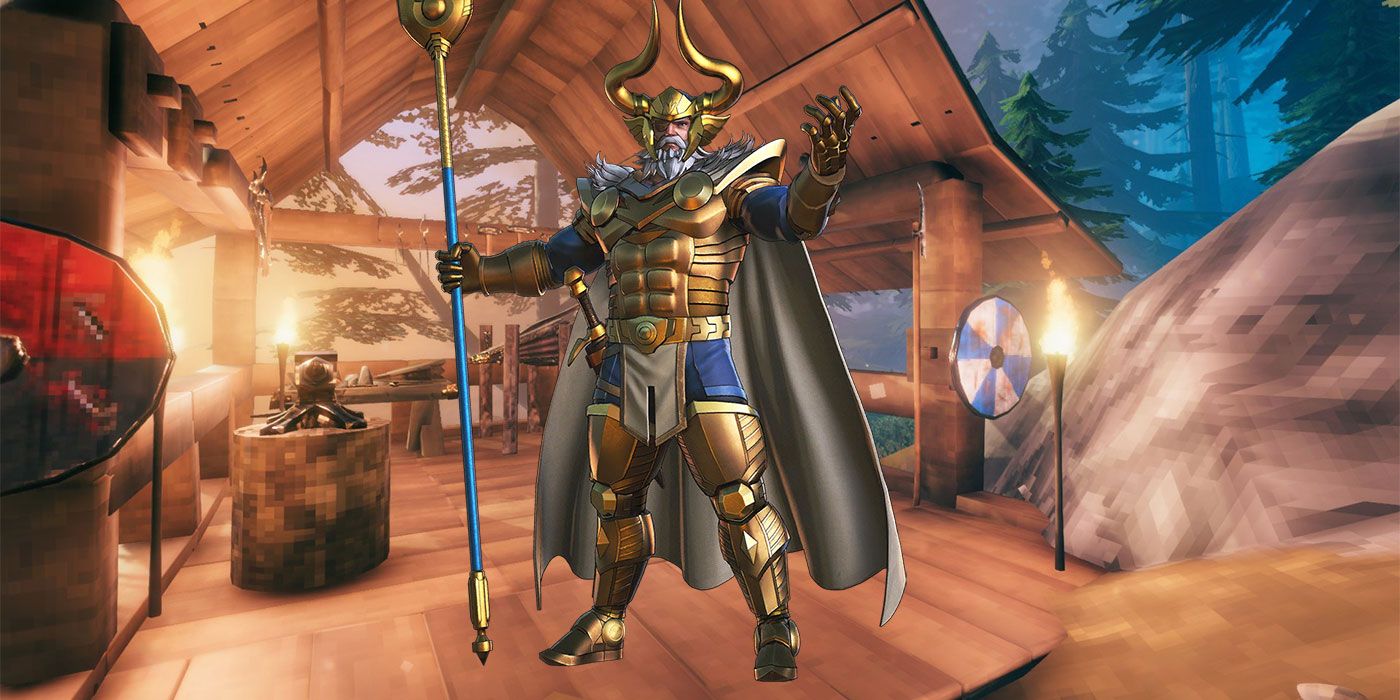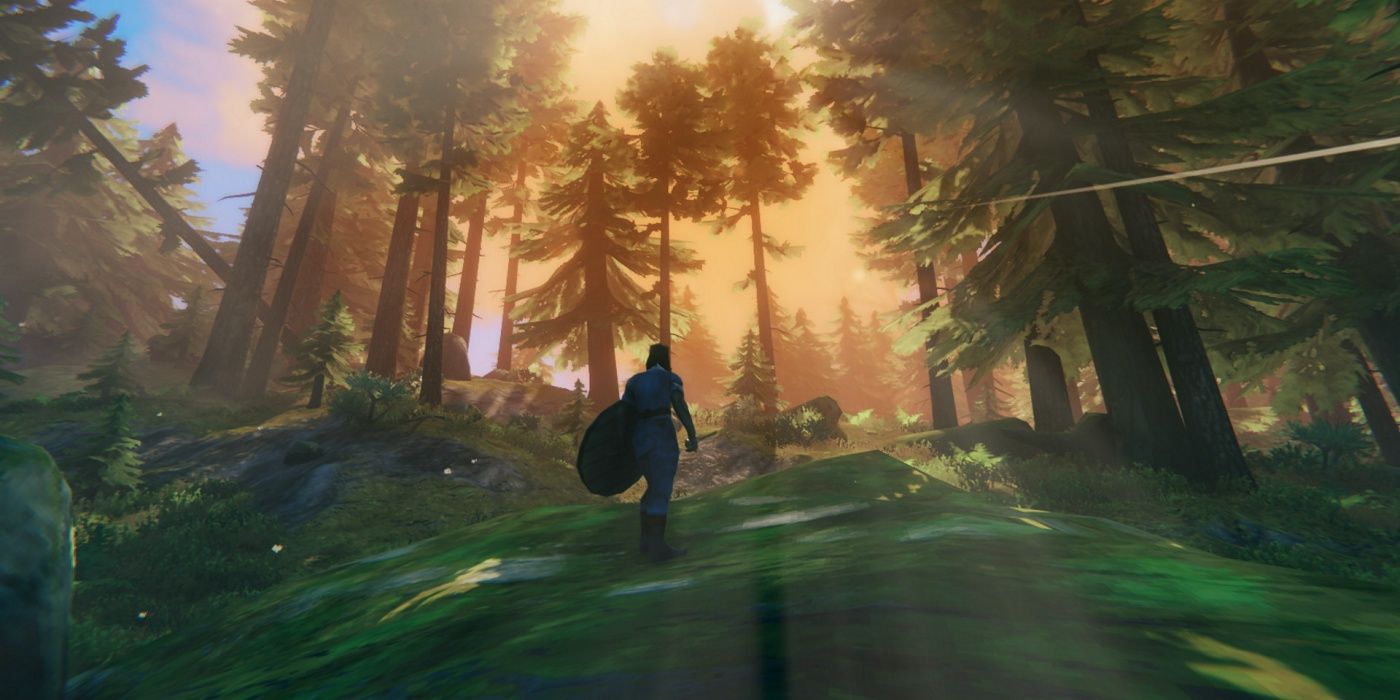Indie survival game Valheim gives players control of a Viking warrior and lets them roam across an arcane realm full of wonder and mystery. Gamers need to amass resources to build armor, weapons, and a fort that will help them challenge the beasts and beings that plague the vast kingdom. While most survival games have little to no narrative, developer Iron Gate AB loosely based Valheim's Steam Early Access release on Norse mythology.
Iron Gate didn't base Valheim on an existing tale; instead, it took established folklore and used it as inspiration for its own story. Like the gods seen in Hades, Valheim uses Norse mythology as a backdrop to introduce its unique narrative. That being said, players won't find any past literature about Valheim, but mythology buffs will recognize plenty of names and locations from traditional Scandanavian myths.
At the offset of the title, players are told they're controlling a recently deceased Viking who has been denied entrance to heaven. Traditionally, the souls of warriors who died in battle were said to be ferried to the paradises of Valhalla or Fólkvangr by divine maidens called Valkyries. That's where they would rest until they were called to fight in one last battle, referred to as Ragnarök, which signaled the end of the world. The characters in Valheim, on the other hand, were called upon to take care of a more pressing issue.
Is Valheim Based On A Real Norse Myth?
According to Norse mythology, nine realms are inhabitant by mortals and divine beings. Valhalla is located in Asgard, the kingdom of gods like Odin, while humans reside in Midgard. Iron Gate introduced a tenth realm, called Valheim, which otherworldly creatures have overrun to the point where even Odin is scared of visiting it. The god orders players to purge the kingdom of its destructive monsters, like Valheim boss Bonemass, so that they can transform the land into a paradise akin to Valhalla.
While Valheim's narrative is just an interpretation of Norse mythology, there are plenty of references to established mythological lore. While traversing Valheim, players will occasionally spot glowing tree branches floating in the sky. Those snaking roots are part of Yggdrasill, or the world tree, which was believed to be the skeleton that held all of the universe's nine realms together. Valheim's first boss Eikthyr is also a likely hat tip to the divine beast Eikþyrnir that stands on top of Valhalla in Nordic folklore.
Valheim is by no means an accurate rendition of Norse mythology, but it features plenty of components from those ancient tales. Iron Gate has put its own twist on centuries of storytelling to tell a unique story. That resulted in an authentic, fantasy survival game experience that has distinguished itself from the genre's typically post-apocalyptic settings.


